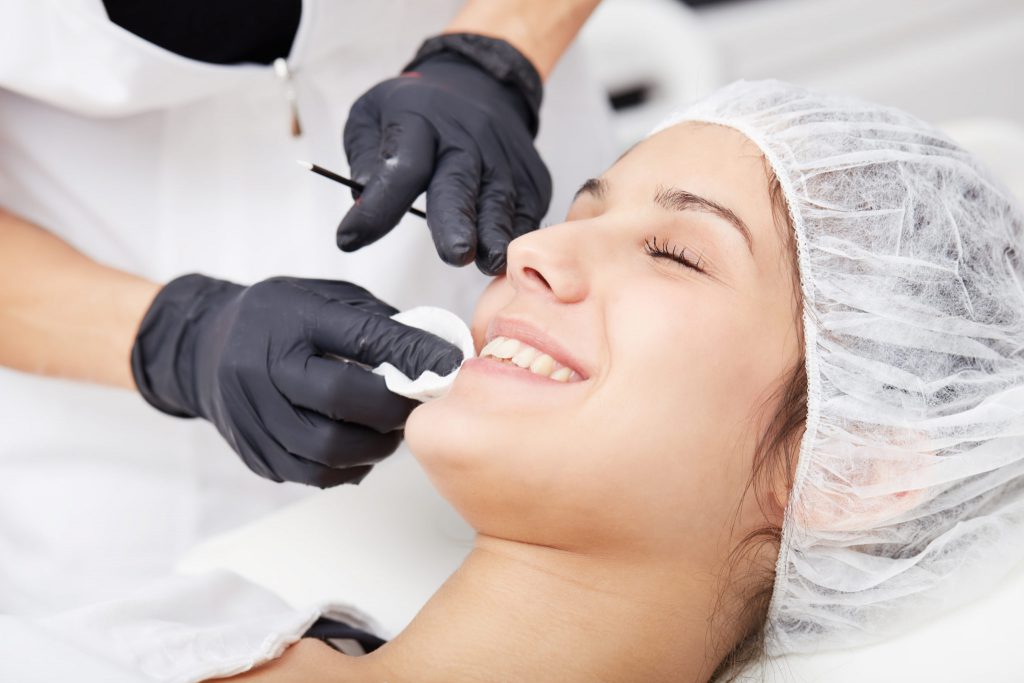
Sun exposure can damage your skin incredibly easily – even a small bit of exposure can make an impact. While one sunburn may not be concerning, years of repeated can cause cumulative damage. You don’t even have to be at the beach to get a sunburn, either, as sun damage while driving can be just as bad. Even if you don’t burn, getting a deep tan every summer can cause damage of various kinds, including wrinkles, crevices, irregular pigmentation, “age spots”, scaly skin, and cancer. As the most exposed portion of the body is usually the face, sun damage tends to be the most significant there.
Reversing Sun Damage
Is reversing sun damage possible? “Age spots” can be treated, as can wrinkles, irregularly in skin, and creases. Oddly enough, this is done with intense and focused light. Plastic surgeons have several options available.
Picosure
One example is the Picosure laser treatment. As per the name, extremely short picosecond (one-trillionth of a second) bursts of laser light are used. When done correctly, the laser light will selectively target the brown “age spots” and do no damage to surrounding, healthy skin. Relatedly, Picosure treatment can also reduce wrinkles by stimulating collagen and elastin production in the skin. This restores some of the elasticity and firmness lost through sun damage.
SmartSkin+ laser
Another example of a sun damage treatment is the SmartSkin+ laser. This treatment uses a micro-ablative CO2 laser. The treatment removes the outer epidermis where the laser light is placed and transmits energy deeper into the tissue, stimulating collagen production and tissue repair. The delivery of the laser light is very precise, including the depth of its penetration as well as how close targeted areas are to each other. In other words, treatments are very customizable for each patient. Sun damage, including “age spots,” broken blood vessels, blotchiness, and wrinkles, can be treated.
Intense Pulsated Light
Also available for treating damaging sun burns is IPL technology. Unlike the previous two treatments, IPL is not a laser light nor is it a single wavelength of light such as those emitted by lasers. The IPL treatment is a broad range of wavelengths of (mostly) visible light generated by a flashgun. Because the light is a mixture of wavelengths, multiple targets and multiple conditions can be treated simultaneously. This occurs because different targets – like “age spots” versus broken blood vessels – absorb at different wavelengths, but the different wavelengths are present in the mixture from the flashgun. As with the previous two treatments, IPL will stimulate collagen production, reduce wrinkles, and remove “age spots”.
The skin treatment methods described above all have things in common. They are non-invasive, cause little pain, have few lasting side effects, usually do not require drugs, cause little down time, and take little time to complete. The number of treatments varies from patient to patient, but they’re generally quite effective at reversing sun damage.
Has your skin experienced sun damage while driving or long days at the beach? An experienced plastic surgeon can help. Contact us today!


Share